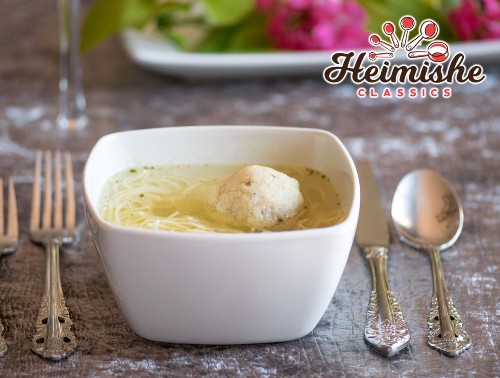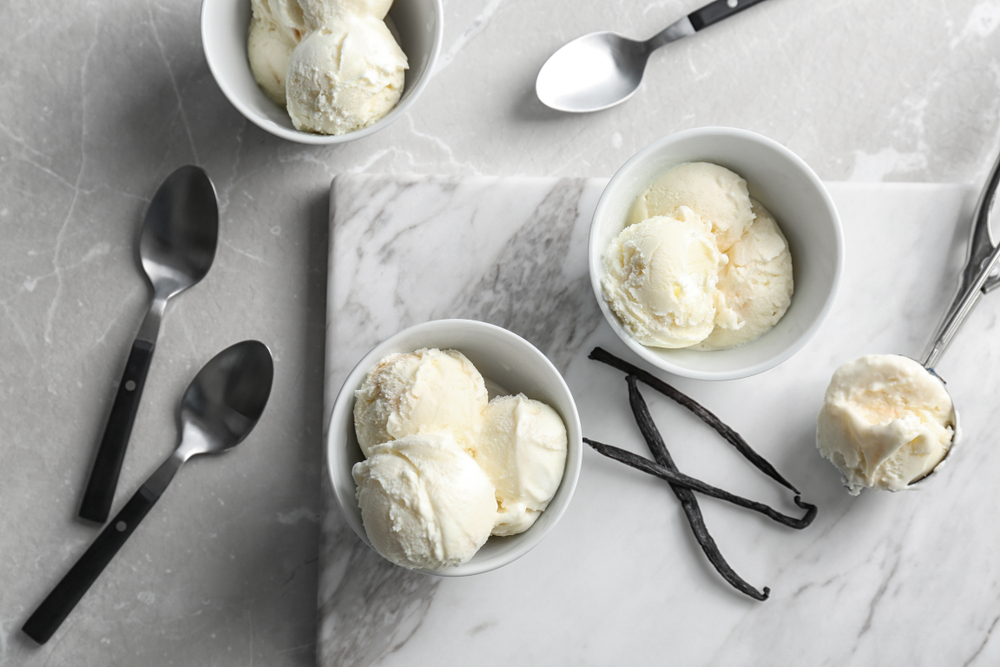“Food shopping” is quite different from “food buying.” Kosher retailers say that they are seeing more “shoppers” in their stores these days. You are probably familiar with the profile of the food “buyer.” He or she is usually extremely pressed for time, may have a specific list of items on a paper or perhaps on their phone, and is pretty much oblivious to any foods that seems out of the ordinary, such as a new and different item. Shopping for many of them is rote such as people who shop on Thursdays for Shabbos and pretty much buy the very same items every week. Compare this person with the “shopper,” slowly making her way through the aisles, eyeing every item that seems “interesting,” picking up the package and reading the ingredients or other interesting facts, and most importantly willing to take home a product that was never tried at home. The retailers say that with few exceptions the shopper had no real idea what would end up in their cart.
The food buyer most often covets “one-stop” shopping, having neither the patience nor the time to visit multiple stores. The food buyer might have preferences for certain stores like perhaps a bakery or take-out store. They like familiarity so that they walk right up to the shelf and pick up the items that they are looking for. The shopper, on the other hand, makes it a point to walk an entire store and even to check out other stores such as another kosher supermarket or even a specialty store or discounter that may have an interesting item or two. That’s right, even checking out Costco for that unique product.
You can walk through the parking lot of Pomegranate in Flatbush on a Sunday and notice many out-of-state license plates. Store officials say that some of these people who often come from other states spend many hours just walking the store. Clearly, the shopper is more relaxed and viewing shopping as part of an experience. Sure, it’s no different than shopping for clothes in a department store. The buyer is there for a skirt, suit or an evening dress for an upcoming event. The shopper is interested in whatever she encounters trekking through the aisles.
The kosher food shopper is a growing trend, say the retailers, often shopping on what is a slow day at a supermarket like a Monday or Tuesday. Howie Klagsbrun of Gourmet Glatt with stores in Cedarhurst, Woodmere, Lakewood and Boro Park feels that the “shopping environment” has changed. He says that the majority of his customers come to his large stores without a list. “There is a great deal of socializing which we encourage, even offering free coffee.” Frequently, customers interact with other customers recommending certain products, he says. Surprisingly he and other retailers say that the shopping experience is what is driving their steadily increasing sales over the internet where leisurely perusing is part of the experience.
The retailers estimate that 70% of their customers would be considered buyers as opposed to 30% as shoppers with the latter category growing steadily. While Malkie Levine of Evergreen with stores in Monsey and Lakewood agrees that she sees many more shoppers, she attributes a great deal of it to “impulse buying,” customers who simply pick up an item because it is interesting or new. “Much of it has to do with a much better economy in the frum world and the resulting increased disposable income.” She says people are buying more and even willing to spend for a new upscale item.” As an example, she cited Gefen’s new cooking butter which impulse buyers are picking up.
Mr. Klagsbrun differentiates between moms at home and working mothers. He sees many young mothers who simply spend time in the store with their toddlers in tow. He and Mrs. Levine say many of their customers shop on-line but supplement the “actual buying” with the shopping experience of actually walking the store, not to speak of the fact that many shoppers will not buy “fresh” items like fish, meat and produce on-line. Mrs. Levine says that working moms are typically “impulse shoppers” with more income. She says: “They will walk into the store and figure out what they can feed their hungry family and pick up some interesting items even if it is more expensive.” On the other hand, say the retailers, some of the younger moms are frequently on a tight budget and are very frugal in their buying of food.
Mrs. Levine seemed to have another way of categorizing shoppers: “Impulse Shoppers vs. Leisure Shoppers.” Irrespective, it appears that retailers are more conscious these days of the many types of customers. They want to make sure that they are prepared and stocked for all shoppers. They fully understand that the dynamics of shopping has dramatically changed. The large upscale kosher stores have become a destination, hence the social experience. They recognize the impact of technology and the new opportunities for sharing in real time. There is a recognition for the home chef who relies heavily on new recipes in magazines or on such sites as Kosher.com.
Retailers are also fully aware of the changed demographics and the resultant buying habits. There are the younger set with more disposable income than ever. There are the very large families with a need for economizing but still interested in new quality items. Finally, there is the traditional shopper who seems to never change, always buying the traditional foods.
If you are the perennial buyer, you owe it to yourself to find some time to be a shopper. You just may very well enjoy the experience! The purveyors who have scouted out many new and interesting items are looking for you.
Written by Lubicom for Kosher.com







/Tahini%20and%20Turmeric/ruth%20fox%20and%20vicky%20cohen.jpg)


/Tahini%20and%20Turmeric/Book%20cover%20photo.jpg)












 Written by Lubicom for Kosher.com
Written by Lubicom for Kosher.com